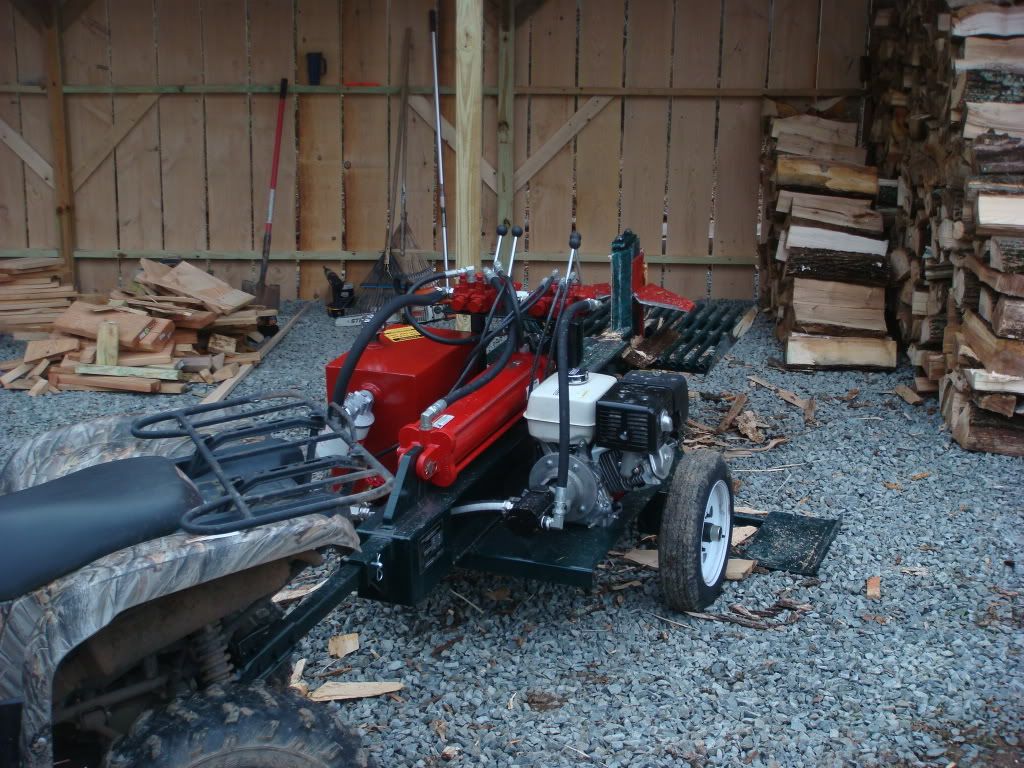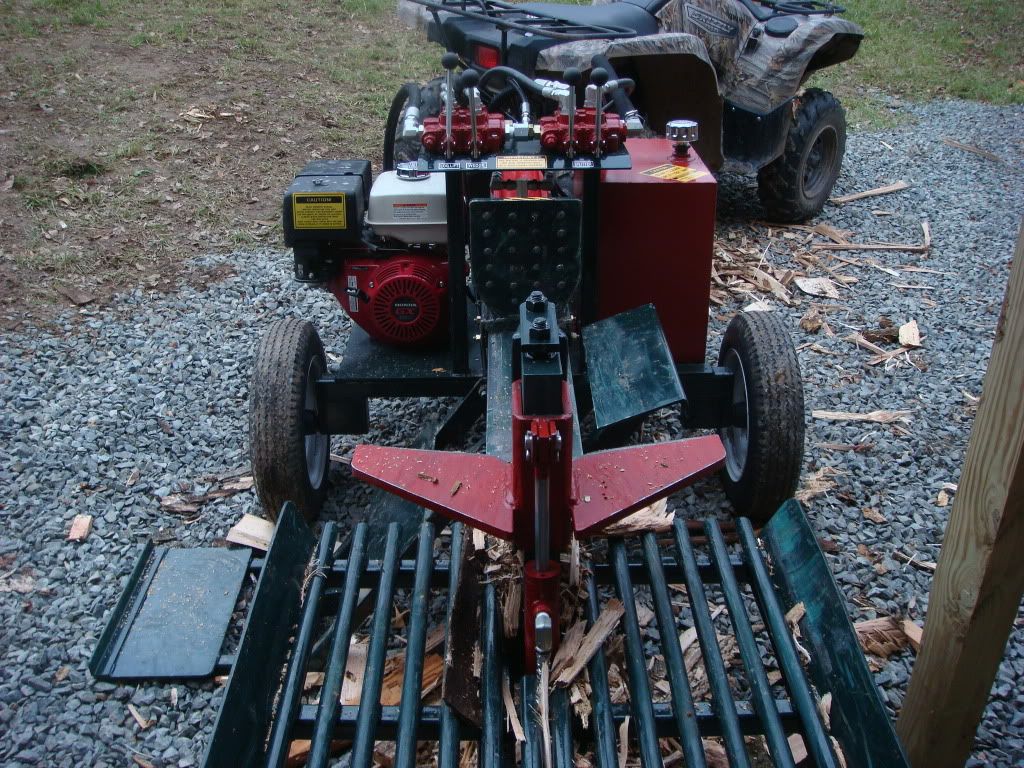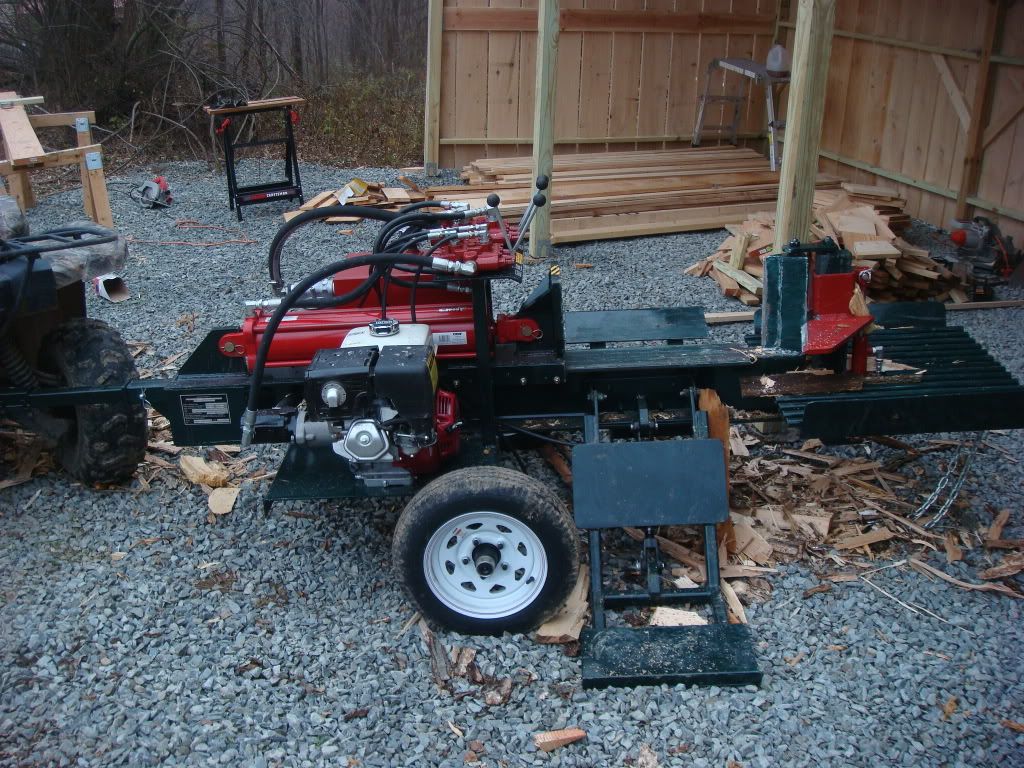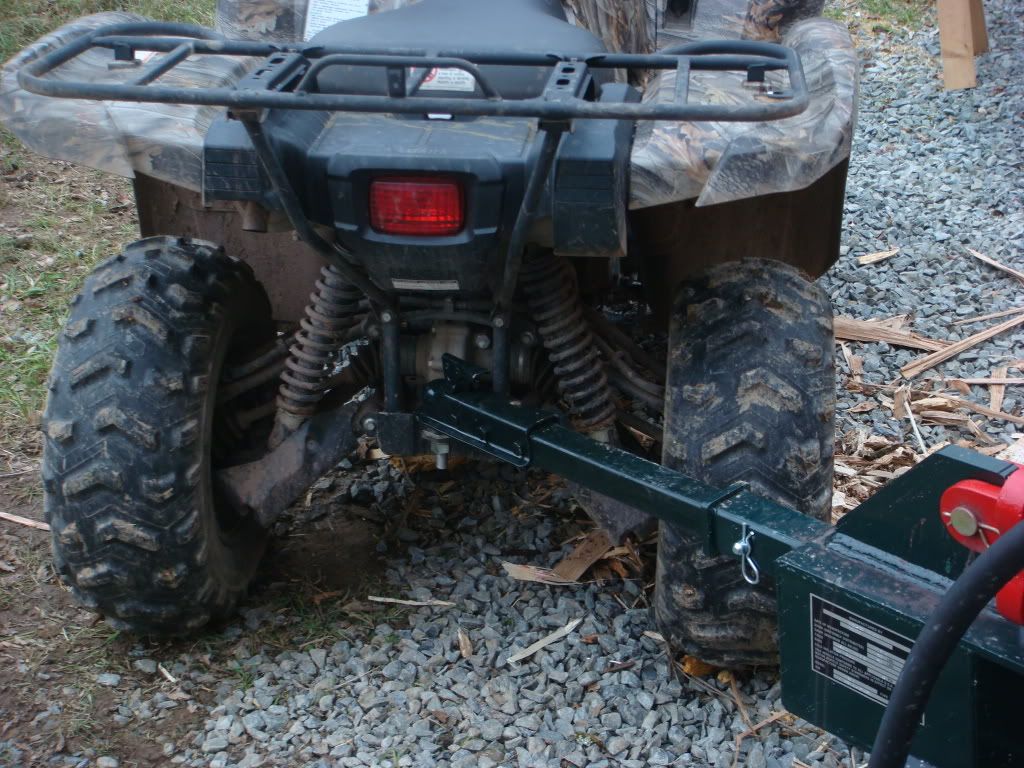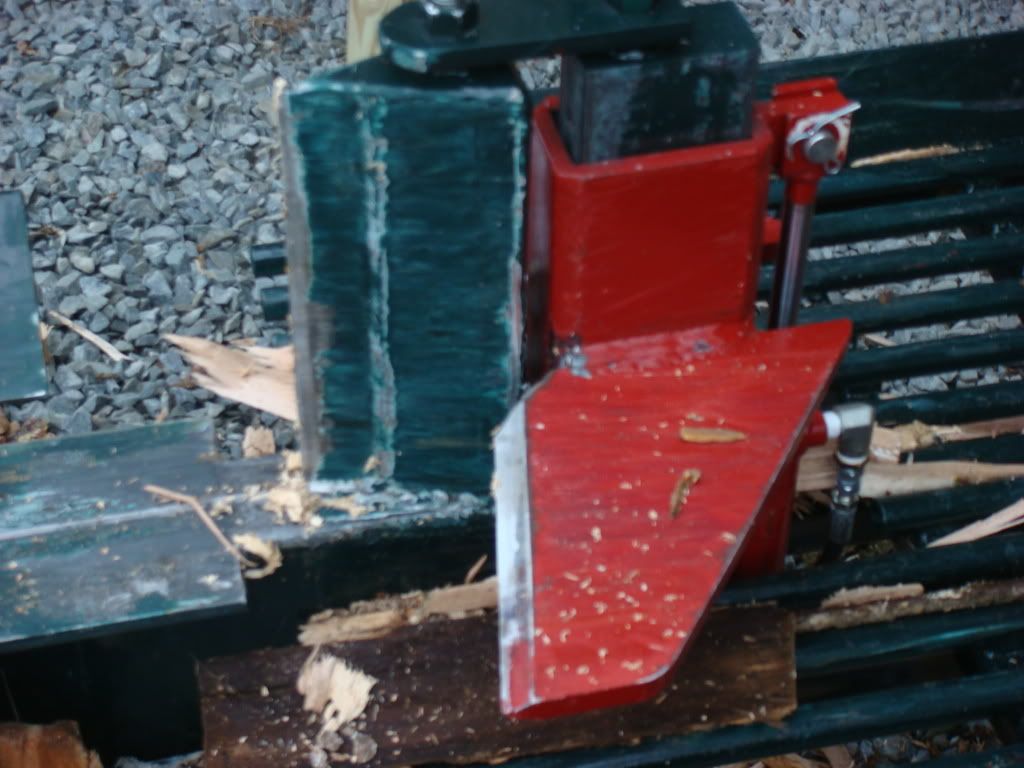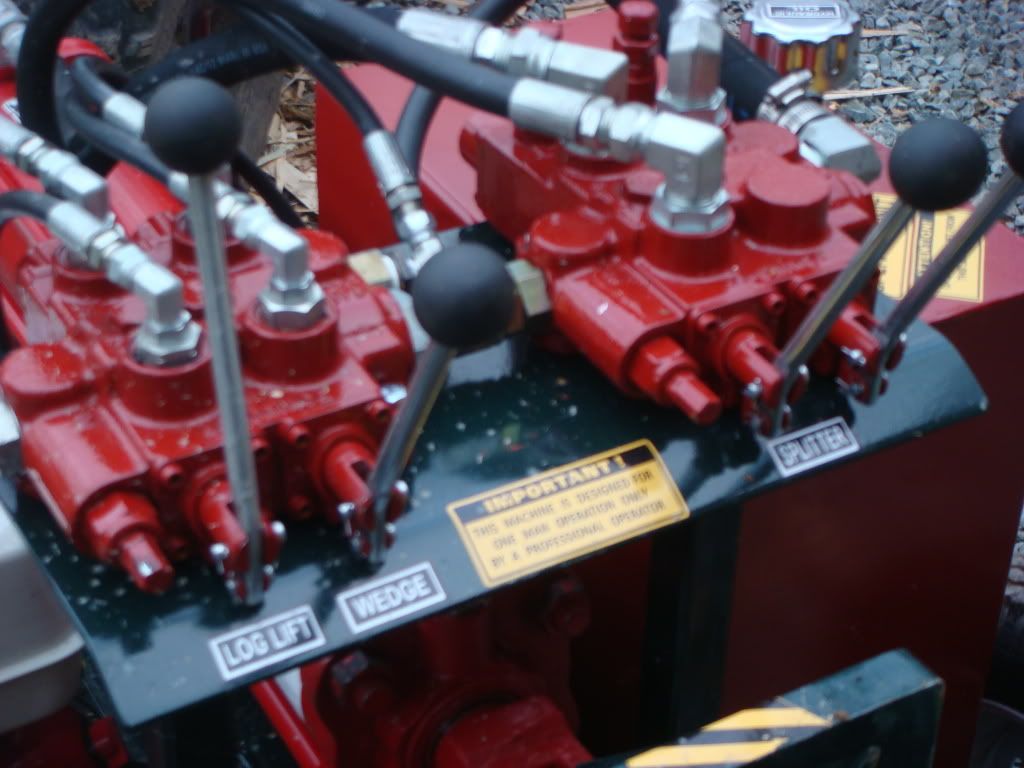You are correct about the catapult, as the unit was supplied minus the flow control. I don't remember the story but they are mailing it to me. I had one that I installed in the mean time, and it works just fine. It instantly kicks the pump into low range, which puts the flow at 8 GPM at full throttle.
What you have installed is a flow restrictor (or limiter), not a flow control valve.
Here's the link: http://www.haldex.com/Global/Hydraulics/Product Catalogs/hi_lo_pg_rev1203.pdf
The flow control does not divert, but rather it restricts the flow. So it would be impossible to do what you suggested.
Apparently, someone forgot to tell Prince Hydraulics that their Flow Control Valve doesn't work as designed! The only two ways that their RD-100 and RD-1900 valves restrict (or limit) flow are: the "controlled flow port" gets blocked somehow (closed center valve used); or you install a plug on the "excess flow port". See their cut-sheet here:
http://www.princehyd.com/Portals/0/products/valves/catalog/valvesRd100.pdf
The Prince valves are not piped separately anyway. The flow goes through the first bank of valves and into the splitter bank.
Then, in your case, since you can't split your hydraulic circuits, your use of a flow limiter works. In my case, I wanted separate hydraulic circuits so that one person could be operating the splitter cylinder while another is loading the log lift. The flow control valve allows just that.
All the Barnes Haldex pumps are GPM rated at 3600 RPM. Max RPM is 4000. Output is linear, so if the engine is tweaked for 4000 RPM, output will increase by 10%, putting the output at close to 25 GPM if not over.
Be careful... exceeding the rated RPM increases wear and tear and raises the risk of failure. I've been known to push the limit at times. I just don't publicize it or encourage others to step over the bleeding edge. I'd hate for someone else to get hurt because they tried something I encouraged that was outside of the manufacturer's intended operating parameters.






